3D-2D Wizard
When checking the
results after 3D analysis, use the cut section
& clipping function to check the arbitrary
section result contours. Here, for the cut arbitrary
section, the analysis results such as the minimum,
maximum, absolute maximum value etc. can be checked
along with the position. Because all results from
the FEM analysis is calculated with reference
to the element nodes, when a cut arbitrary section
passes through the interior of the solid element,
the results from nearby nodes are automatically
interpolated and output.
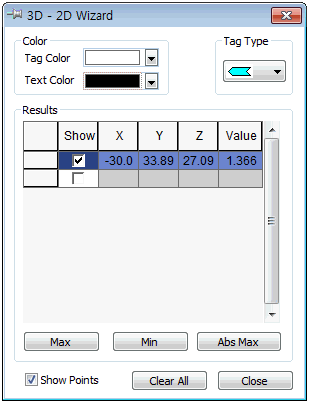
<3D-2D
Wizard (Result
output on arbitrary section)>
The
result tag from the specified arbitrary section
is output following the process outlined below.
1. Add
the arbitrary section where the results will be
checked, from Additional view control toolset
> View cut model (Cut section & Clipping).
As many cut sections as desired can be added in
the GCS axis direction, or in the arbitrary section
direction.
 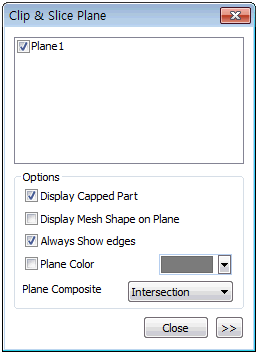 
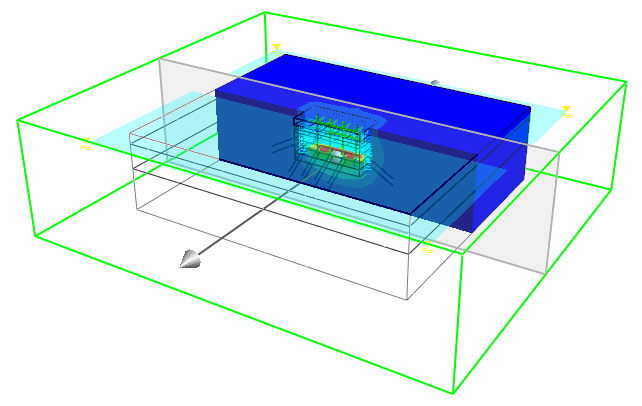
<Cut
section & Clipping (Specify
arbitrary section)>
2. Choose
Result analysis > Advanced > Others >
3D-2D Wizard.
Check the [Show Points]
option to display all nodes on an arbitrary section
where the results can be output.
Like the result value tag,
select the nodes or elements to check the numerical
value, along with the positions of the minimum,
maximum, absolute maximum values on the viewed
section.
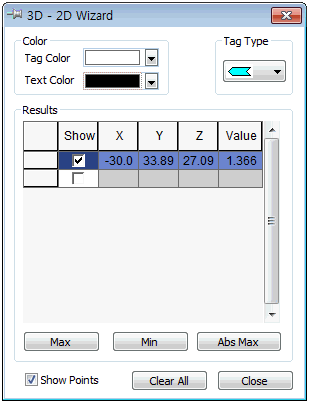
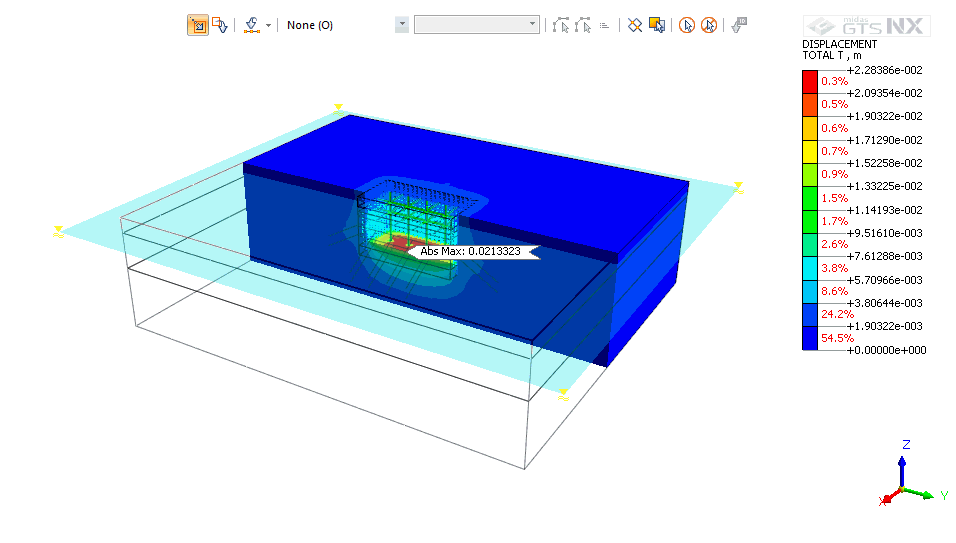

|
